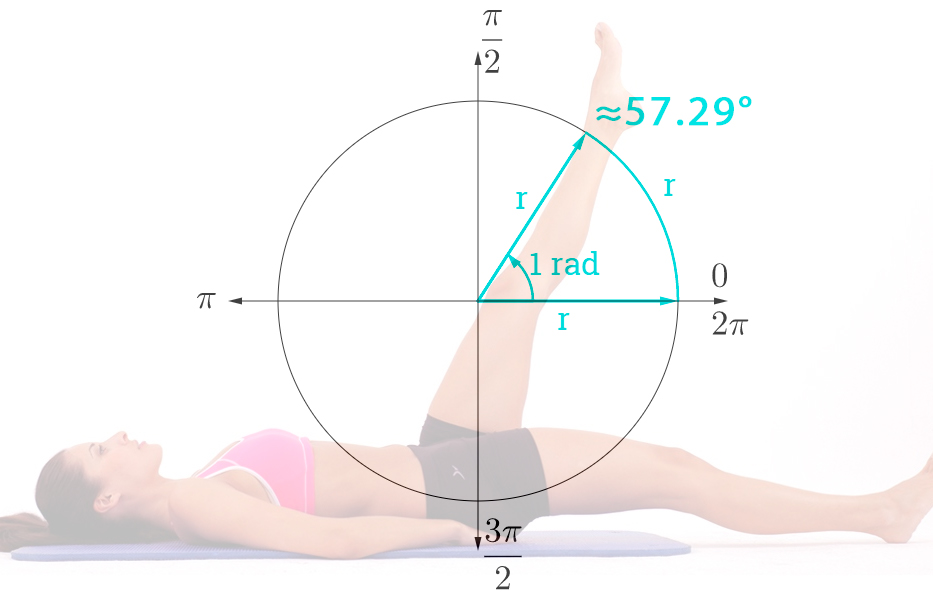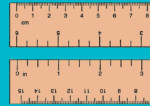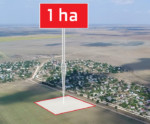Turn any degree input (°) into radians (rad) with an exact, standards-based factor. Built for trigonometry work, CAD/CAM rotations, game engines, robotics joints, and spec sheets that require SI angle units.
Degrees (°) to Radians (rad) Converter
Enter a value in the field below and press the button
Degrees (°)
Result in Radians (rad)
Quick steps
- Type an angle in degrees.
- Pick how many decimals you want.
- Select Convert to get radians and the worked line.
- Copy Result to place the number in your clipboard.
- Clear All to reset everything.
- Use Swap if you need the inverse calculator.
Units, precisely
Degree (°) — Non-SI unit of plane angle. A full revolution contains 360 degrees, so one degree equals π/180 of a turn. Abbreviation: °. System: non-SI. Exact relation used in this tool: 1° = π/180 rad ≈ 0.01745329252 rad.
Radian (rad) — SI unit of plane angle defined by arc length equal to radius on a circle. A full revolution contains 2π radians. Abbreviation: rad. System: SI. Exact relation used in this tool: 1 rad = 180/π° ≈ 57.29577951°.

This is what a radian looks like on a circle
Formula and source
radians = degrees × π ÷ 180
Source: NIST
Lookup table
| Degrees (°) | Exact in π | Radians |
|---|---|---|
| 0 | 0 | 0.000000 |
| 15 | π/12 | 0.261799 |
| 18 | π/10 | 0.314159 |
| 22.5 | π/8 | 0.392699 |
| 30 | π/6 | 0.523599 |
| 45 | π/4 | 0.785398 |
| 60 | π/3 | 1.047198 |
| 75 | 5π/12 | 1.308997 |
| 90 | π/2 | 1.570796 |
| 120 | 2π/3 | 2.094395 |
| 135 | 3π/4 | 2.356194 |
| 150 | 5π/6 | 2.617994 |
| 180 | π | 3.141593 |
| 210 | 7π/6 | 3.665191 |
| 225 | 5π/4 | 3.926991 |
| 240 | 4π/3 | 4.188790 |
| 270 | 3π/2 | 4.712389 |
| 300 | 5π/3 | 5.235988 |
| 330 | 11π/6 | 5.759587 |
| 360 | 2π | 6.283185 |
Concrete references
- Square corner (right angle): 90° = 1.570796 rad
- Straight line (straight angle): 180° = 3.141593 rad
- Full turn (revolution): 360° = 6.283185 rad
- Equilateral triangle interior angle: 60° = 1.047198 rad
- Regular hexagon interior angle: 120° = 2.094395 rad
- Regular pentagon central angle: 72° = 1.256637 rad
- Regular octagon central angle: 45° = 0.785398 rad
- Clock tick between adjacent minute marks: 6° = 0.104720 rad
- ISO metric screw thread flank angle: 60° = 1.047198 rad
- ACME screw thread included angle: 29° = 0.506146 rad
If you are willing, tell us how you use this calculator. If another online tool would help your work or studies, please mention it in the comments and we will gladly consider building it.
CalcuLife.com








That table have all calculations I needed